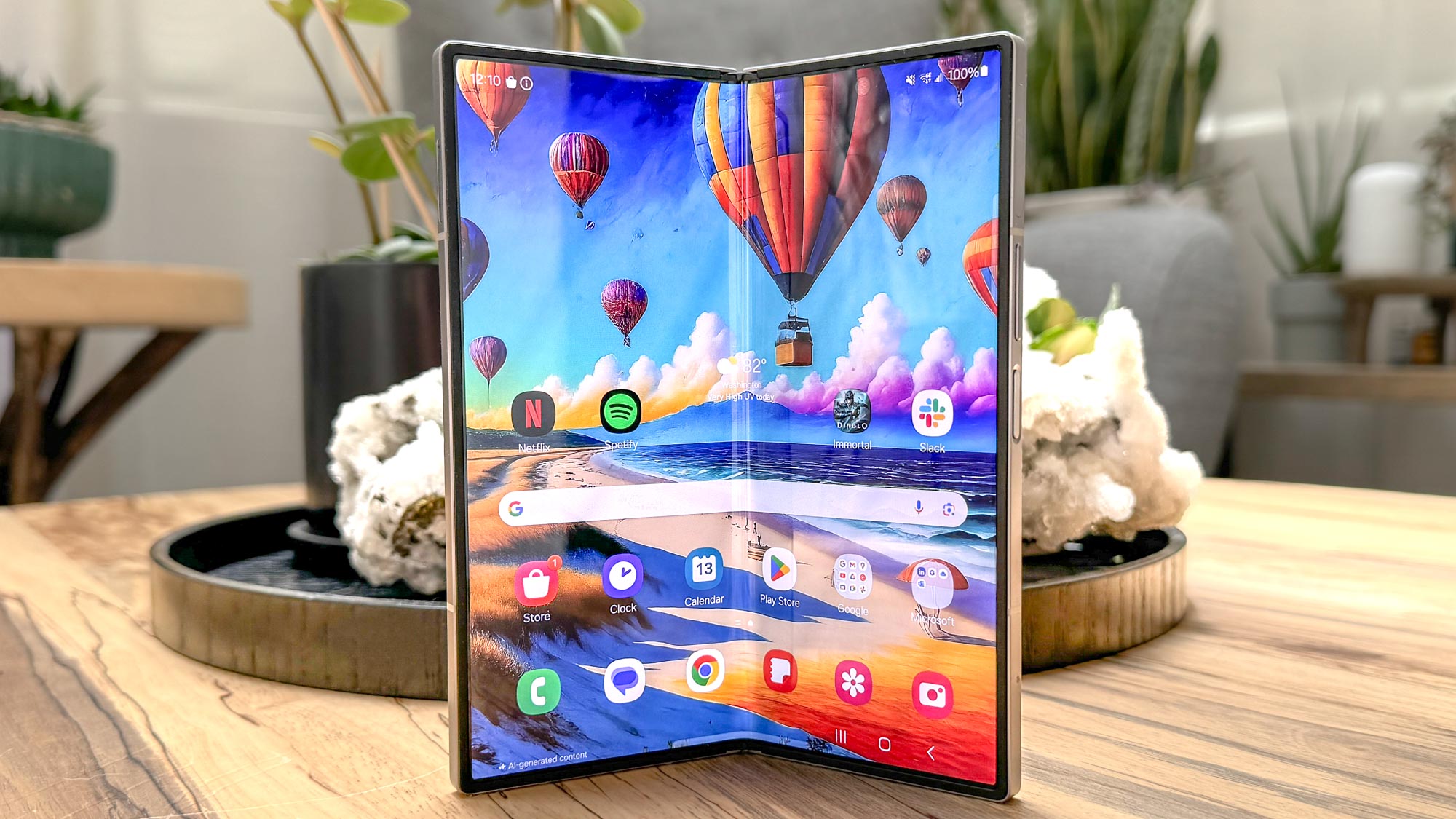
It’s slimmer, lighter and tougher — and chock full of AI. Samsung really, really wants to make more people want a foldable phone. But is the Galaxy Z Fold 6 worth (cough, cough) $1,900?
The Z Fold 6 does make a statement with its more refined design, and Samsung has made this device more durable to try to get more people on the foldable bandwagon. You also get a wider front display, brighter main 7.6-inch screen and Snapdragon 8 Gen 3 power. But Samsung needs to justify a $100 price hike over previous models.
Is this the best foldable phone yet? I’ve been testing this foldable flagship, so let’s get into the pros and cons in my Galaxy Z Fold 6 review.
Galaxy Z Fold 6 Cheat Sheet
- The design is about as light as the iPhone 14 Pro Max, which is a big deal. And it’s thinner now when closed.
- The front display is a slightly bigger 6.3 inches, so it feels less cramped when typing.
- New Galaxy AI features are impressive, especially translation and Sketch to Image
- Samsung made the design more durable so you don’t have to worry about poking the screen with the S Pen
- The cameras, while very good, are a step behind the 200MP Galaxy S24 Ultra with 5x zoom
- Samsung is charging $100 more for the Z Fold 6, so look for deals and trade-in offers.
Samsung Galaxy Z Fold 6 specs
Galaxy Z Fold 6 price and release date
The Galaxy Z Fold 6 starts at $1,899 / £1,799 / AU$2,749 for 256GB of storage — which is $100 more than the equivalent Galaxy Z Fold 5. Prices rise to $2,019 / £1,899 / AU$2.949 for 512GB storage and $2,259 / £2,099 / AU$3,299 for 1TB of storage. All three variants come with 12GB of RAM.
To get the most savings see our roundup of the best Galaxy Z Fold 6 deals.
Color options available this year include Silver Shadow, Pink and Navy. Craft Black and Purity White will be available exclusively from Samsung.com.
What I like about the Galaxy Z Fold 6
As light as a regular phone
It might not seem like a big deal but the Galaxy Z Fold 6’s weight is now just like a “regular” flagship. At 8.43 ounces, the Z Fold 6 is about the same weight as the iPhone 14 Pro Max, which I use as my daily phone.
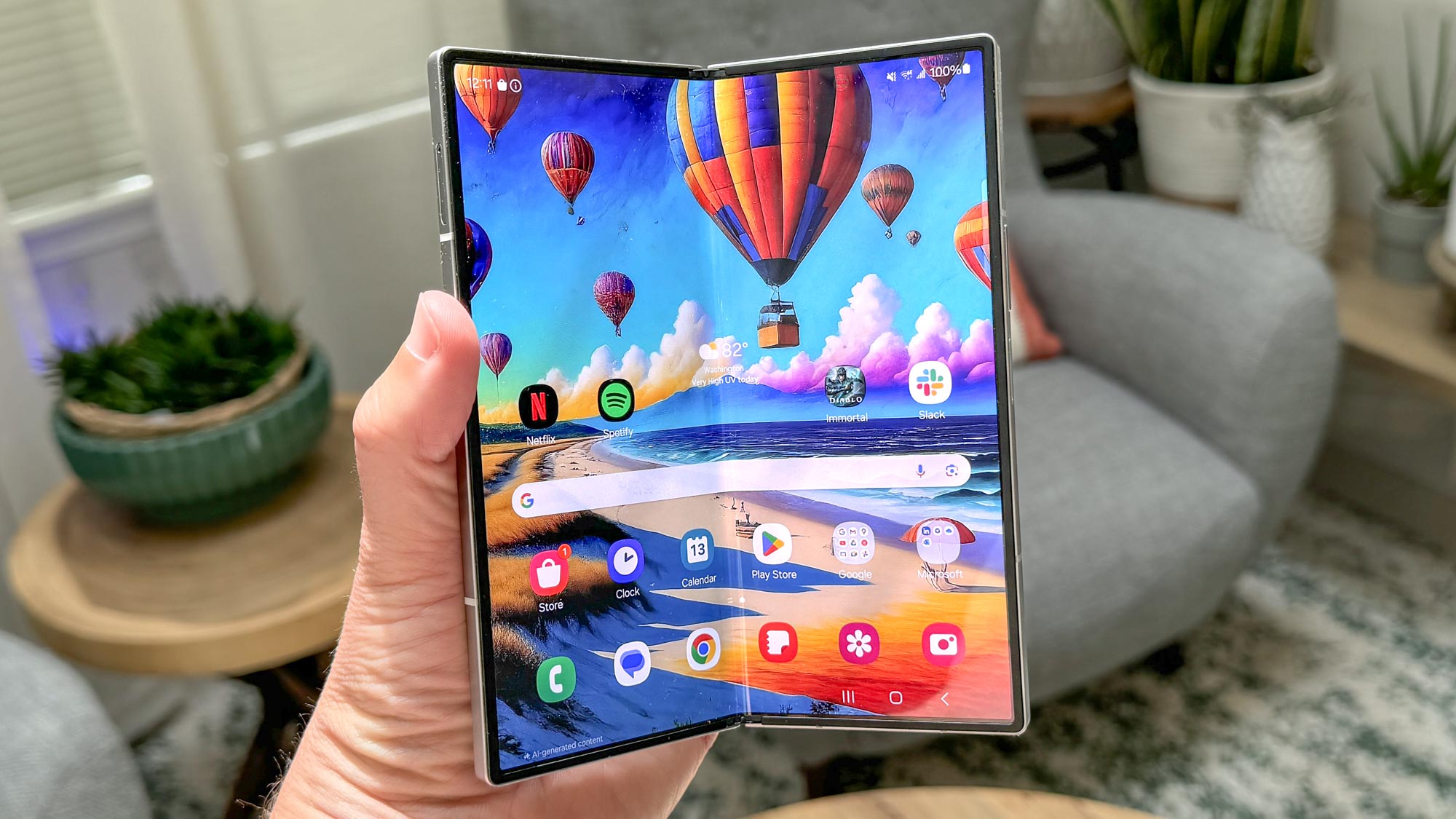
Yes, the titanium-based iPhone 15 Pro Max and Galaxy S24 Ultra are even lighter, but I can comfortably carry this foldable in my pocket. The OnePlus Open is a bit heavier and the Pixel Fold weighs a whopping 10 ounces.
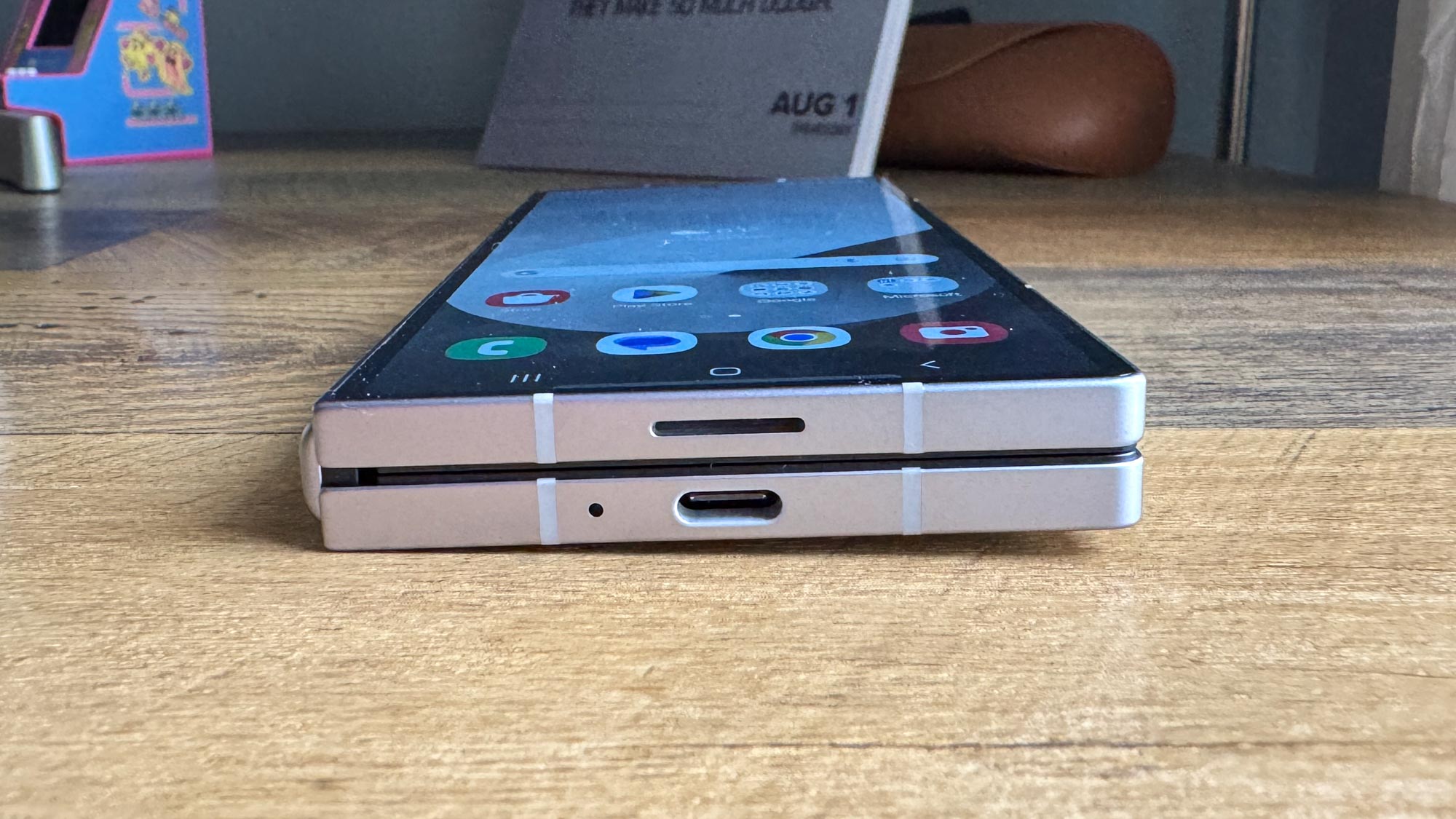
It also helps that Samsung has shaved off some of the thickness. When closed, the Z Fold 6 is 0.48 inches, down from 0.53 inches on the Fold 5. The flat-edge design is a bit too sharp in the corners, as it can dig into your hand, but overall the Fold 6’s design is refined and improved.
Better displays
The Galaxy Z Fold 6 has a slightly bigger 6.3-inch cover display (up from 6.2 inches), making it a bit easier to use when typing with two hands and less claustrophobic. Even though the OnePlus Open and Pixel Fold external displays are wider, I like the more compact, pocket friendly design on the Samsung.
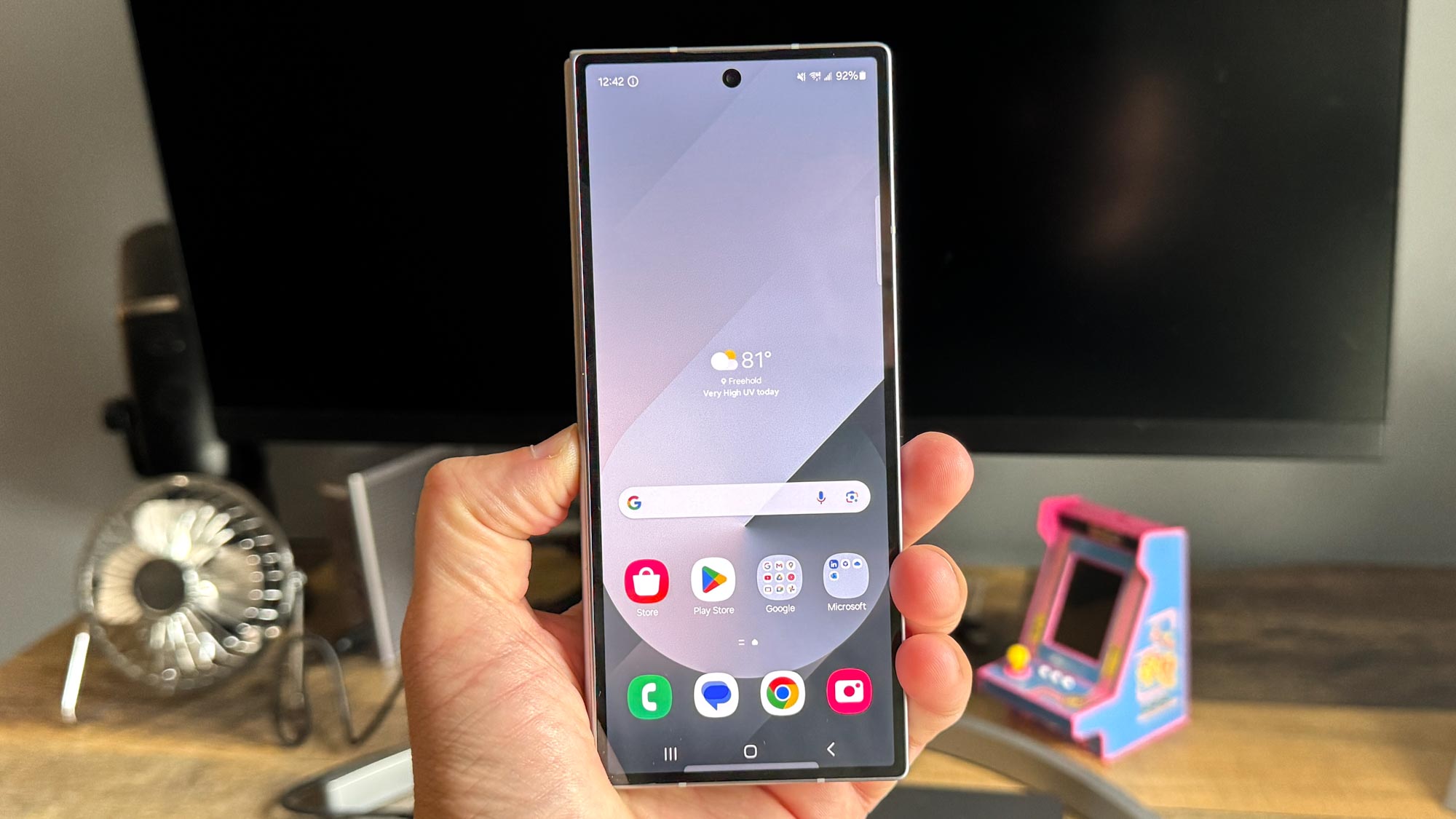
Display Brightness
Another plus is that the Z Fold 6’s main 7.6-inch display has less of a crease than the Z Fold 5 thanks to enhanced layers. And it can get super bright with a rated peak brightness of 2,600 nits. We saw only 2,300 nits in our lab testing, but that still blows away the Z Fold 5’s 1,500 nits under the same conditions.
Display Color (DCI-P3)
Whether you’re working on spreadsheets, toggling between tabs in Chrome or watching a movie on Netflix, you’ll enjoy a vibrant and colorful picture. In our testing we saw the Z Fold 6 hit 96.9% of the DCI-P3 color space, compared to 90% for the Pixel Fold; the OnePlus Open reached an even higher 120%.
Powerful AI features
There’s a ton of Samsung Galaxy AI features packed into the Galaxy Z Fold 6, along with Google Gemini. Here’s just some of the coolest things you can do.
The biggest head turner is Sketch to Image. In the Samsung Notes app you can sketch anything and generative AI will turn it into a watercolor, illustration, sketch, pop art or 3D cartoon. It takes a few seconds but the results are pretty frickin’ impressive.
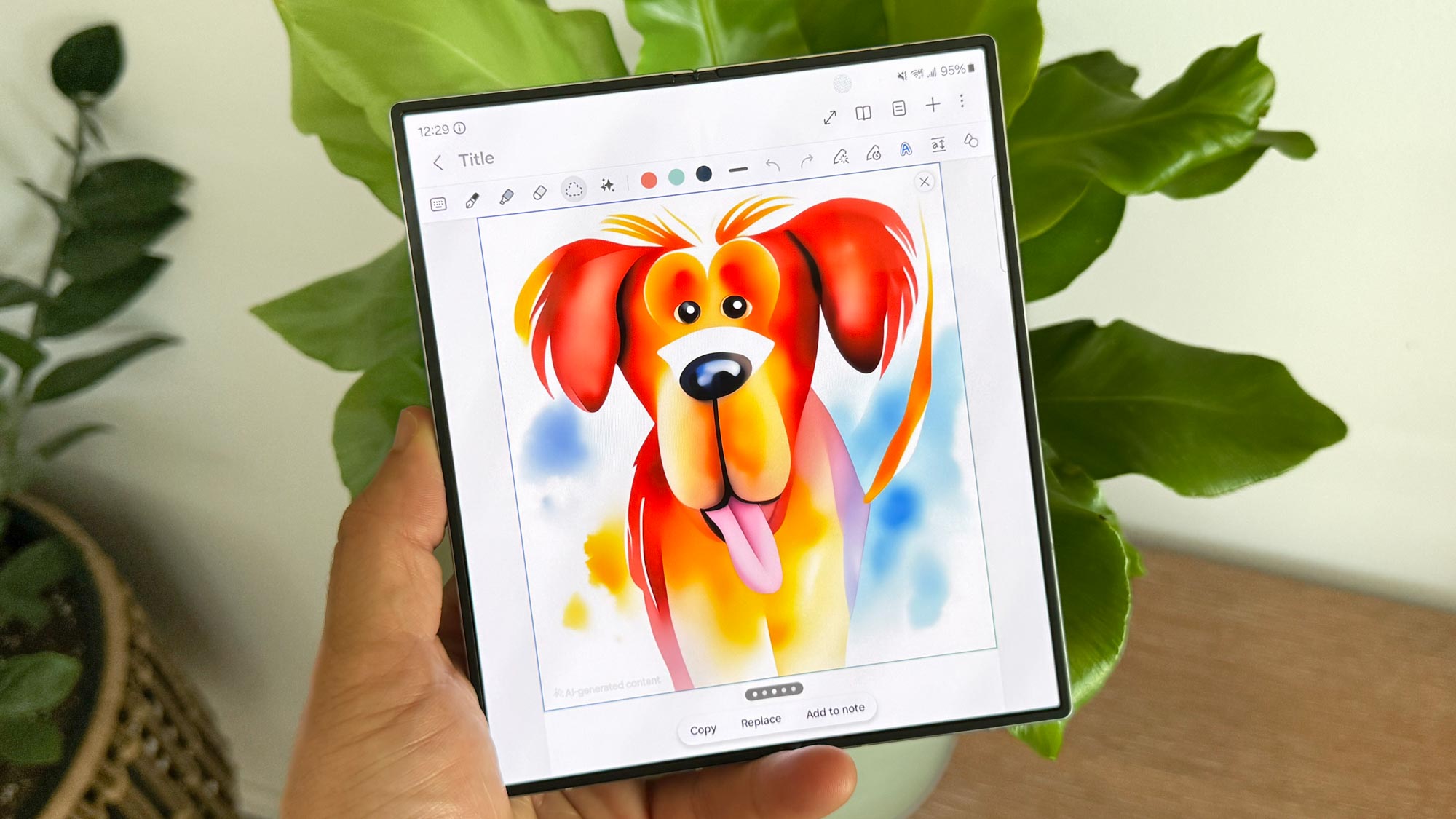
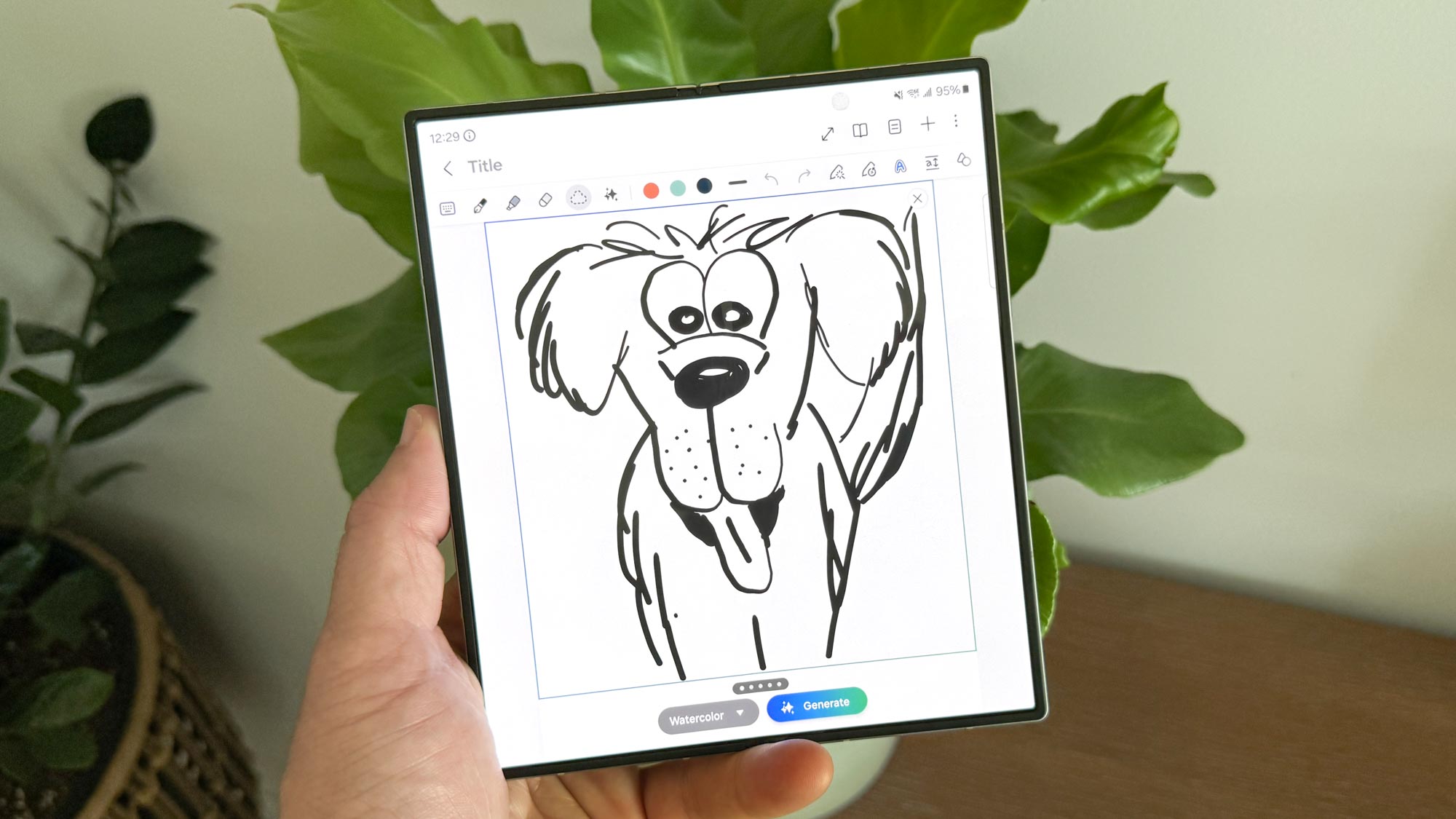
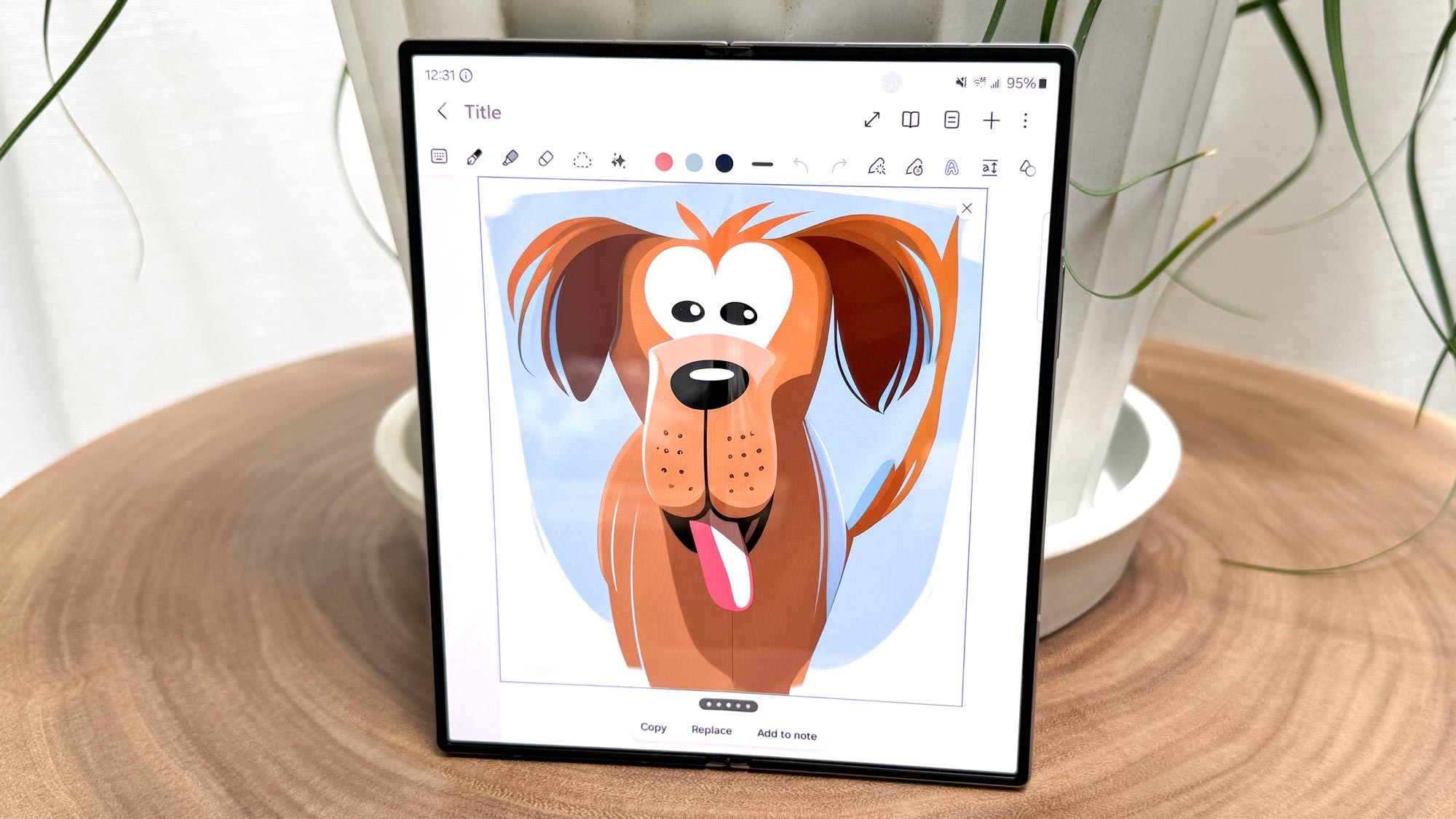
This illustration of a dog turned into a professional-looking water color in less than 30 seconds.


You can also draw right on top of photos with Sketch to Image, as you can see here with the cockatoo bird I managed to draw on my shoulder. The result looks very photo-realistic. Check out more examples in my in-depth feature on Sketch to Image and how well it works.
In addition, you can use Galaxy AI to transform photos with Portrait Studio, turning yourself into everything from a comic to a 3D cartoon. It’s like the Pixar or Incredibles version of you, though some of the renderings were less than flattering.
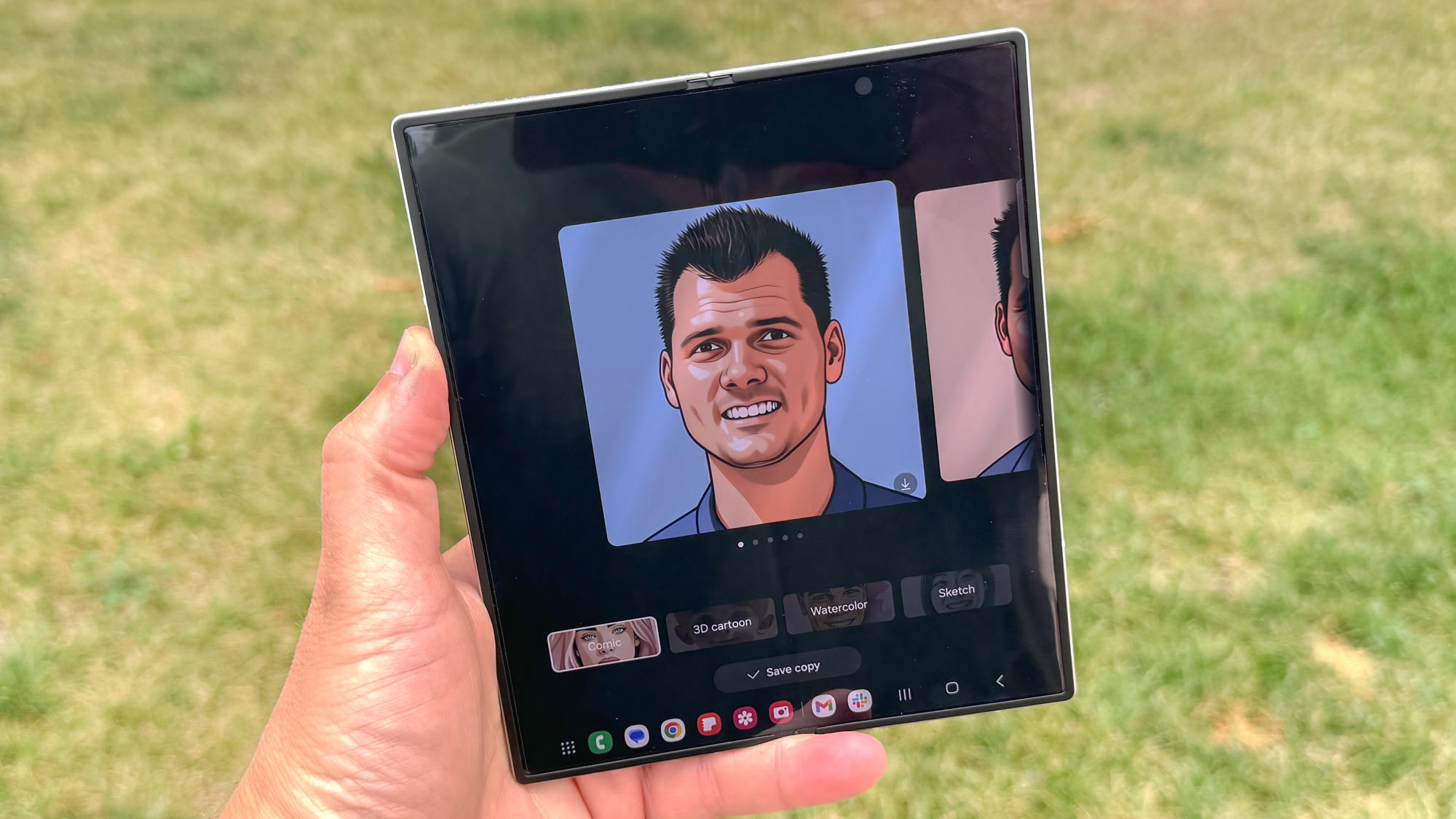
On the productivity side, Note Assist comes in handy because it can transcribe and summarize meeting notes for you. I used this feature on a call with my colleague Mike Prospero, and it gave a comprehensive but easy-to-understand summary, though it took a while to transcribe the 40-minute meeting. Google Meet can transcribe as you go in real time.
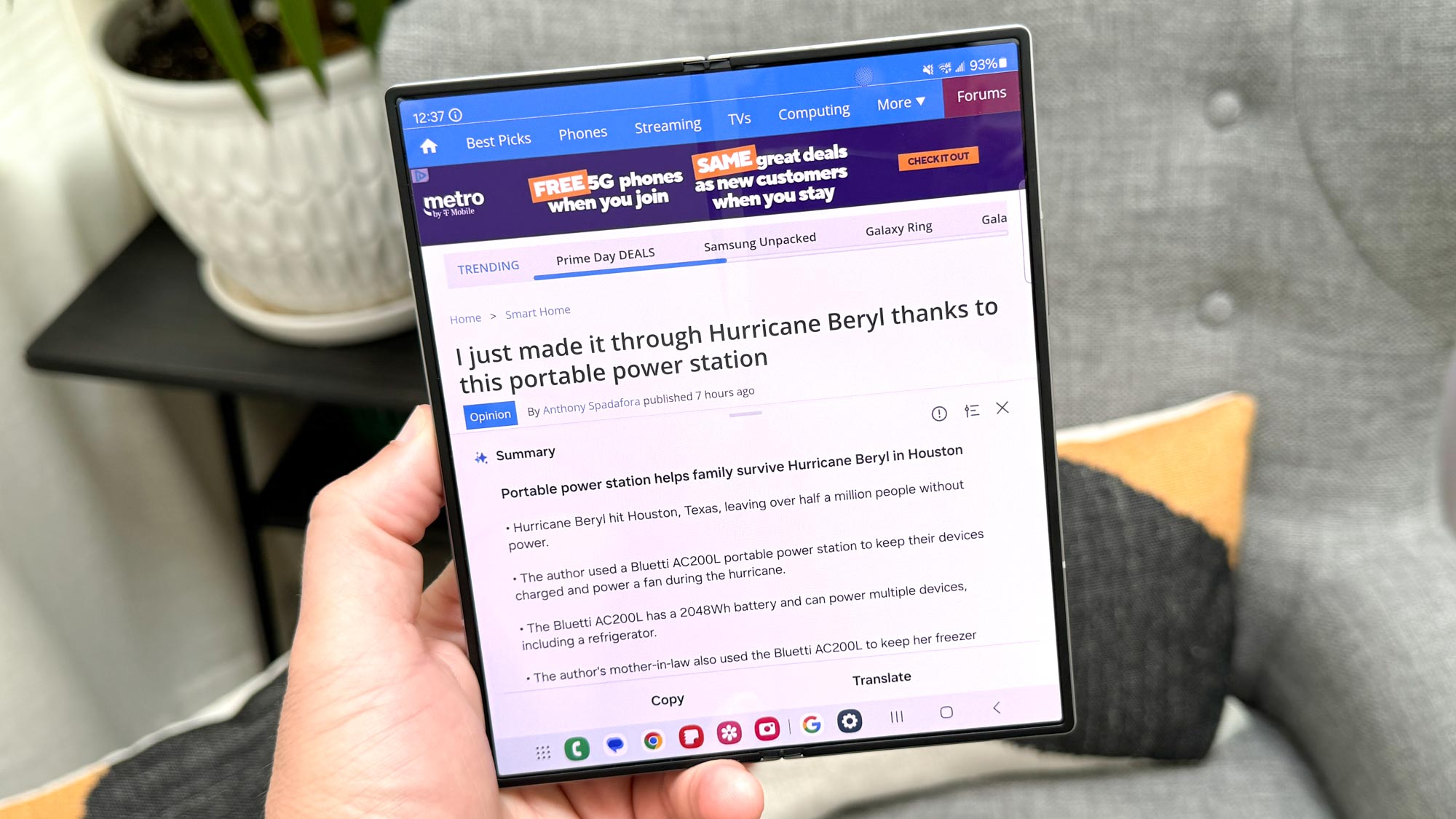
Google Gemini can be always at the ready with a simple swipe up from the corner, ready to do everything from answering questions and coming up with ideas for your next vacation. It can help with homework, too. I took a photo of an algebra problem and Gemini came back with step-by-step directions. And Gemini can help answer questions about what you’re watching, such as on YouTube. It even answered follow-up questions about Captain America: Brave New World without me having to give any context.
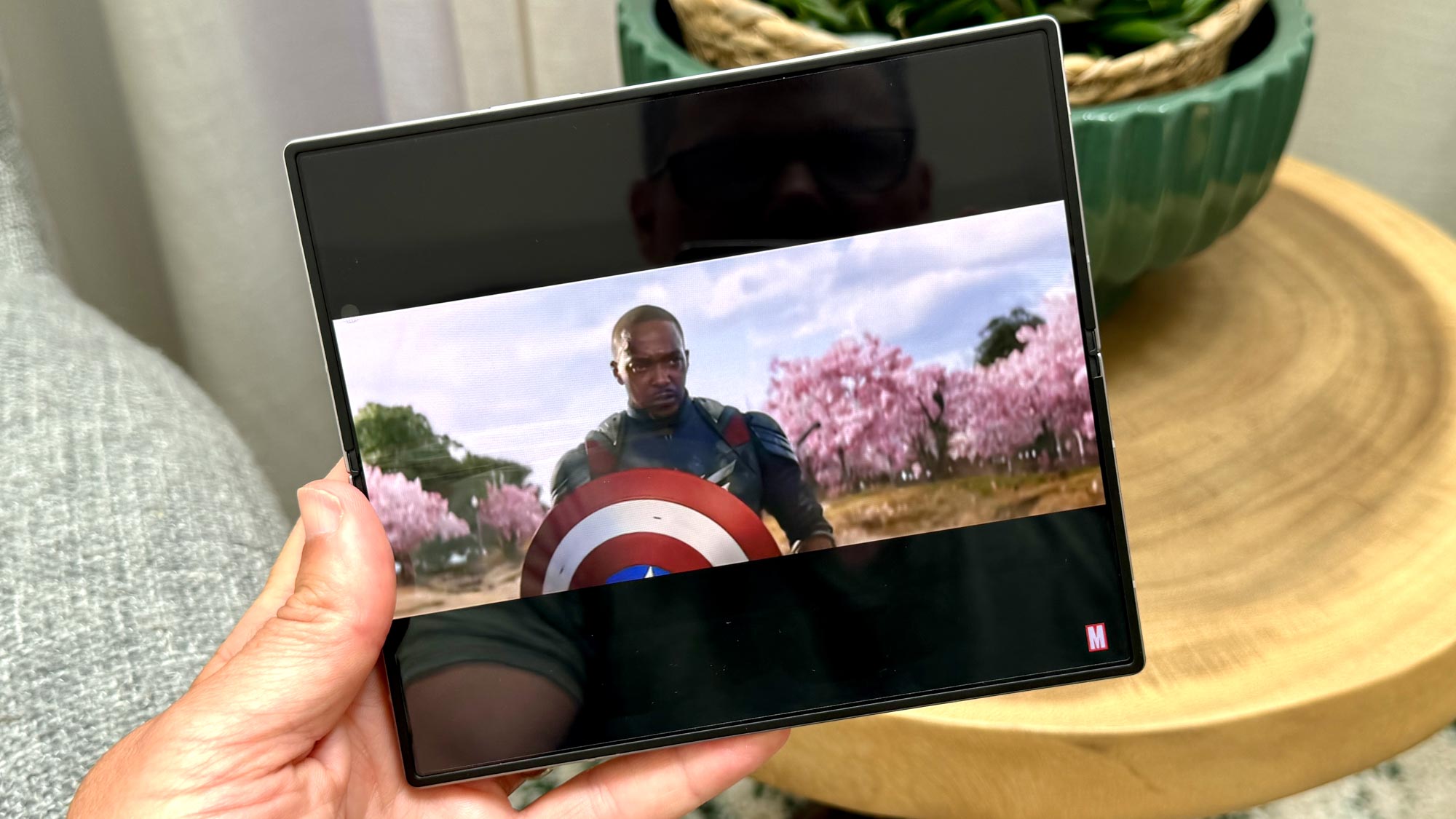
Last but not least, the Interpreter app on the Z Fold 6 lets you translate conversations in real-time and leverages both the main and cover display so both you and the person you’re speaking with can see what’s being said. I tested this feature with a colleague who spoke Arabic, and I asked him what he thought of the Z Fold 6. Despite a bit of a delay, the conversation flowed smoothly with the audio and text. This could be a game changer for travel — especially because the Interpreter app can work offline.
Strong performance and gaming
As you’d expect from a flagship with a Snapdragon 8 Gen 3 chip and 12GB of RAM, the Galaxy Z Fold 6 has plenty of oomph for running apps side by side as well as intense gaming, and you should be able to get better sustained performance because of the phone’s larger vapor chamber.
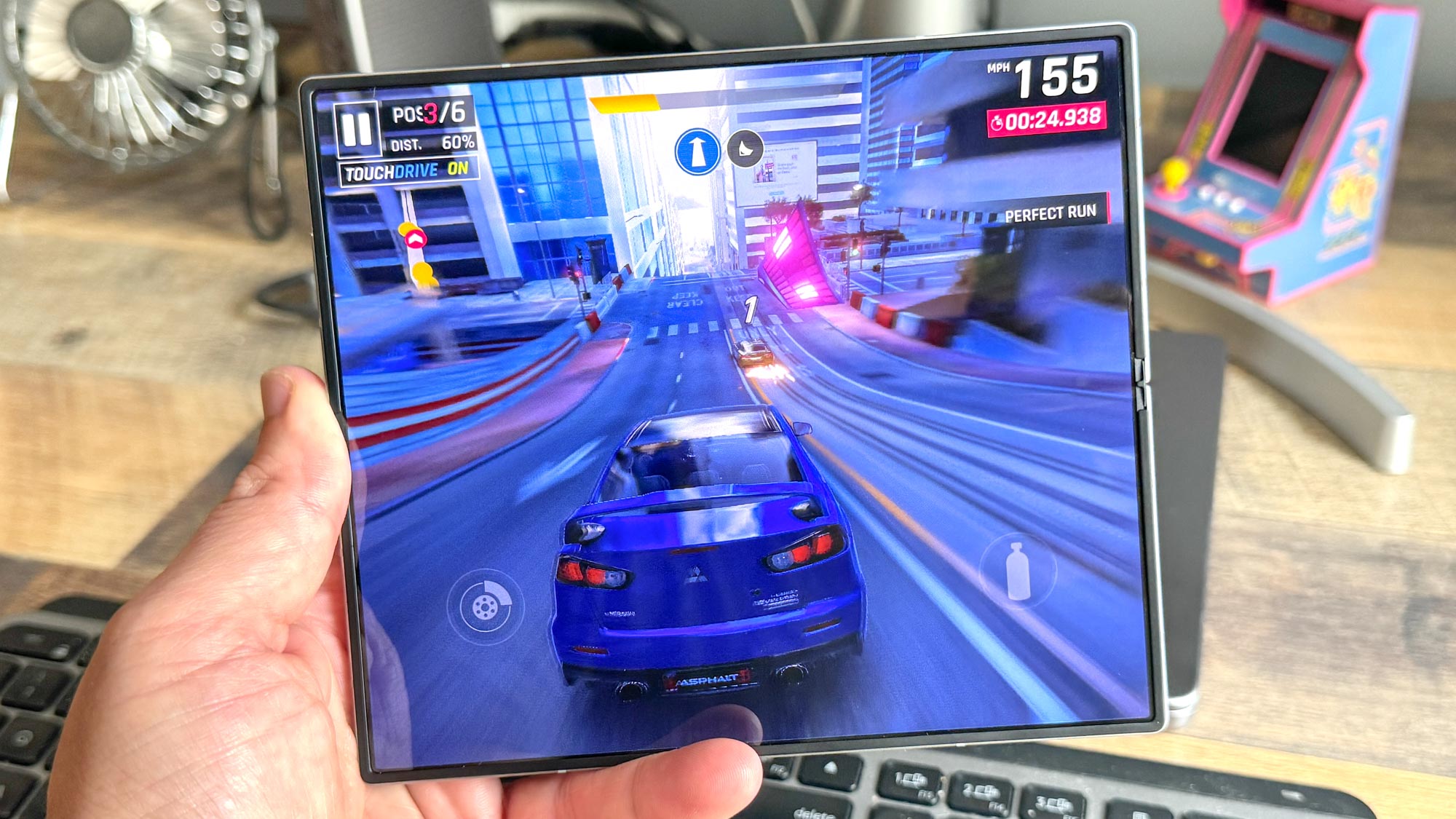
On Geekbench 6, which measures overall performance, the Z Fold 6 cleared 6,900 on multicore and 2,170 on single core. That’s more than double the Tensor G2-powered Pixel Fold and well ahead of the OnePlus Open, though we expect faster sequels to these foldables with newer silicon.
On our Adobe Premiere Rush test for transcoding 4K video to 1080p, the Z Fold 6 needed about 40 seconds, compared to a minute or longer for the competition.
The Galaxy Z Fold 6’s 3DMark graphics results were also better than the OnePlus on the Solar Bay ray-tracing test with a frame rate of 29 fps vs 20 fps.
I enjoyed smooth gameplay on the frenetic Diablo Immortal. Even with a ton of enemies on screen the action stayed steady as I unleashed my blades and special attacks on bosses, wolves and spiders.
Better durability
One of the key reasons why people don’t buy foldable phones — other than the price — is that there’s a perception that they’re just too brittle. To answer that call, Samsung has done a couple of things to put your mind at ease.
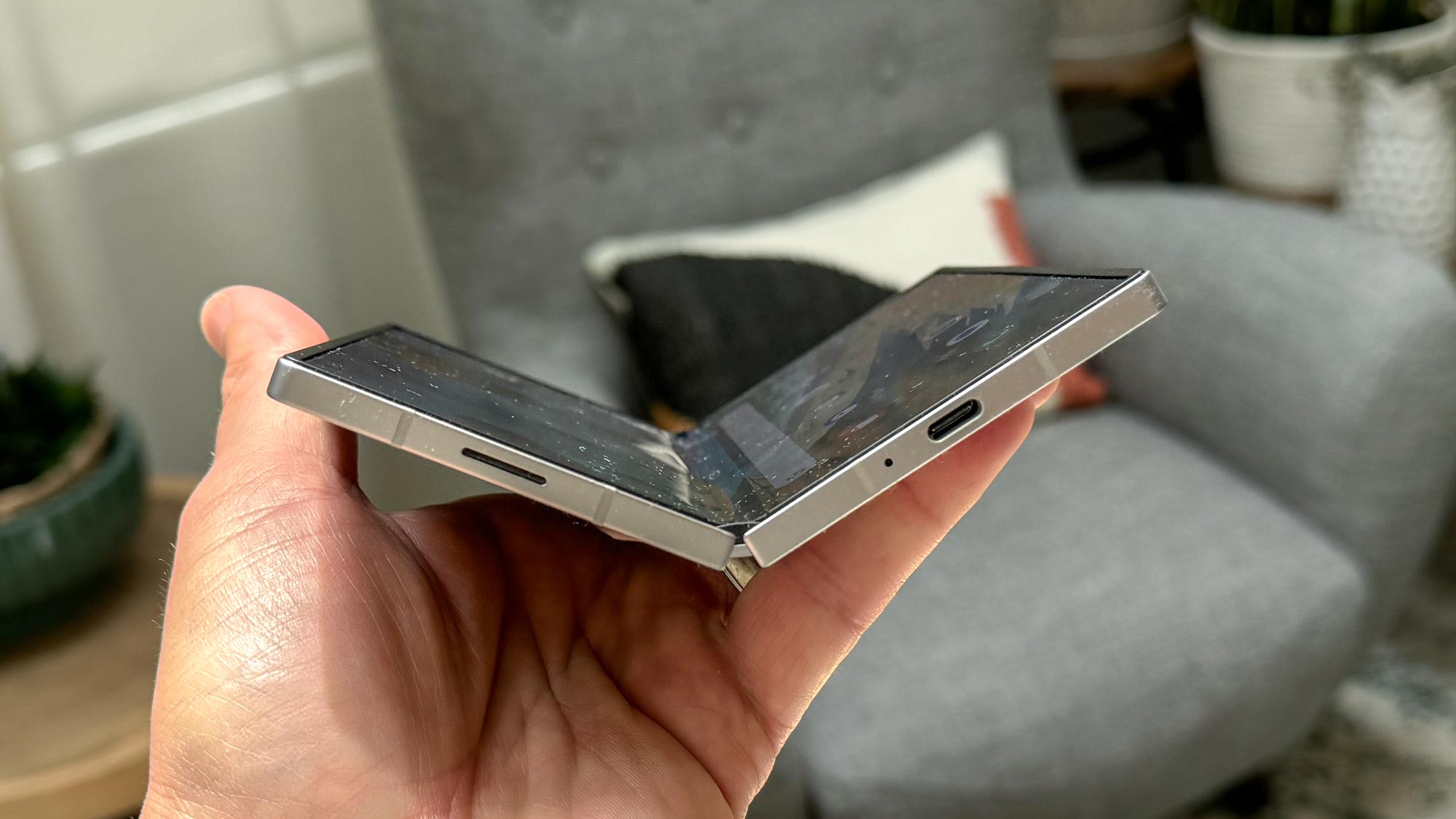
First, the Z Fold 6’s glass layers are now more durable than before, making them less susceptible to damage from your finger pokes and especially S Pen use. Second, the dual rail hinge is supported by a strengthened folding edge. This should better distribute shock, though I’m not about to drop-test my loaner unit.
However, the Z Fold 6 is still less durable than a traditional flagship. It has an IP48 rating ed against 5 feet of fresh water for up to 30 minutes. This rating means the Z Fold 6 can keep out particles larger than 1mm but it does not mean you get full dust resistance. So I would hesitate to take this phone to the beach.
What I don’t like about the Galaxy Z Fold 6
Battery life could be better
With the new Snapdragon 8 Gen 3 chip on board, we were hoping for and expecting an endurance boost from the Z Fold 6. But we didn’t see a great result in our Tom’s Guide battery test, which involves continuous web surfing over a 5G connection with 150 nits of screen brightness.
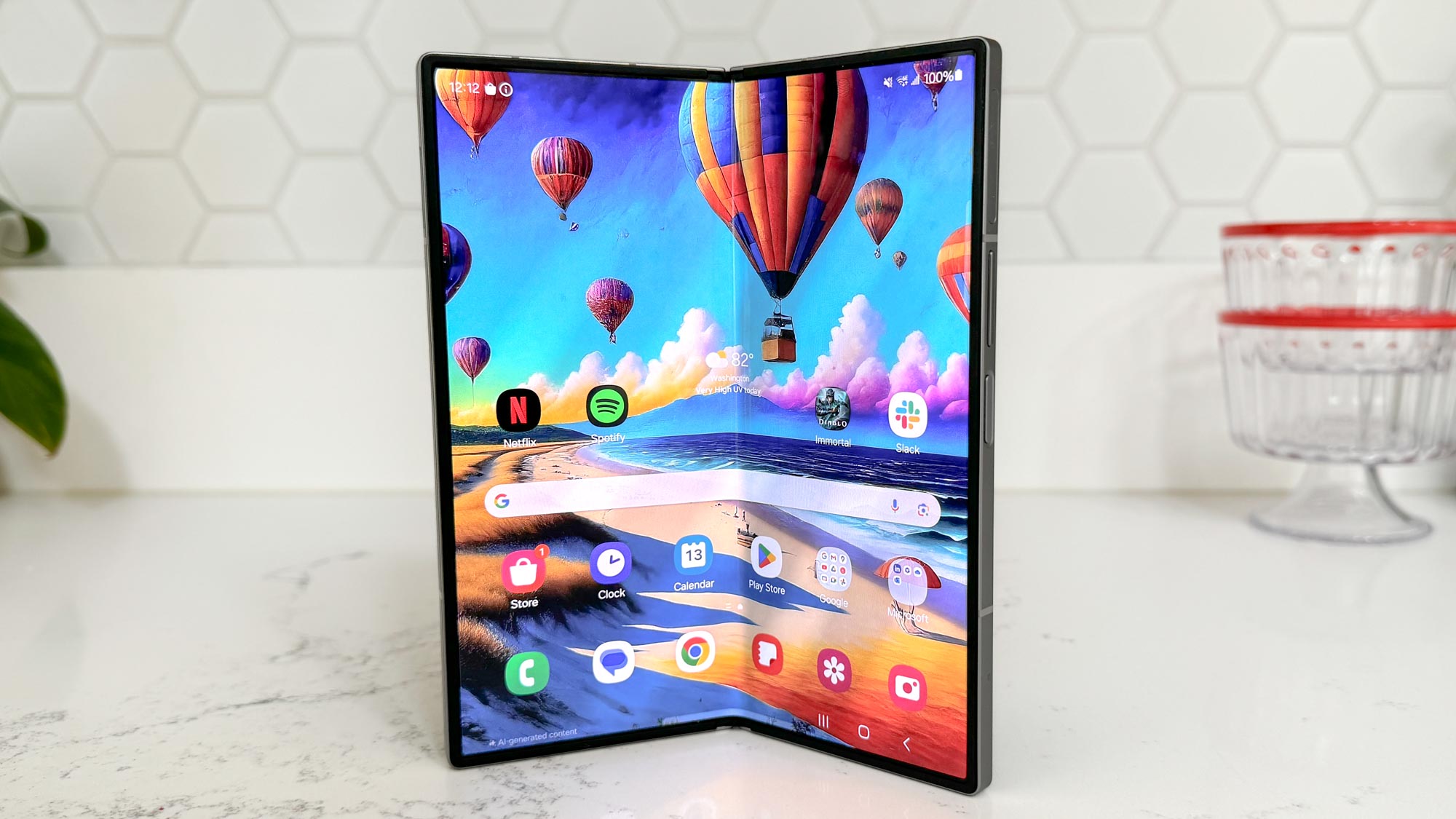
The Z Fold 6’s 4,400 mAh battery lasted as high as 11 hours and 13 minutes, which is solid but only a few minutes better than last year. In fact, over 4 runs of our test the Z Fold 6 averaged 10:35. The devices on our best phone battery life list, like the S24 Ultra, last at least 14 hours.
To be fair, there’s a much bigger 7.6-inch display here. But even then, the OnePlus Open’s bigger 4,805 mAh battery lasted a bit longer than Samsung at 11:31.
Cameras are good but not Ultra level
The camera hardware is largely unchanged on the Galaxy Z Fold 6, with the exception of a new sensor for the 12MP ultra-wide camera that’s designed to let in more light. Otherwise, you get the same 50MP main camera and 10MP telephoto with 3x optical zoom and 30x digital zoom that graced the Galaxy Z Fold 5. Up front you get the same 10MP selfie camera and 4MP under-display camera for when you’re using the main screen.
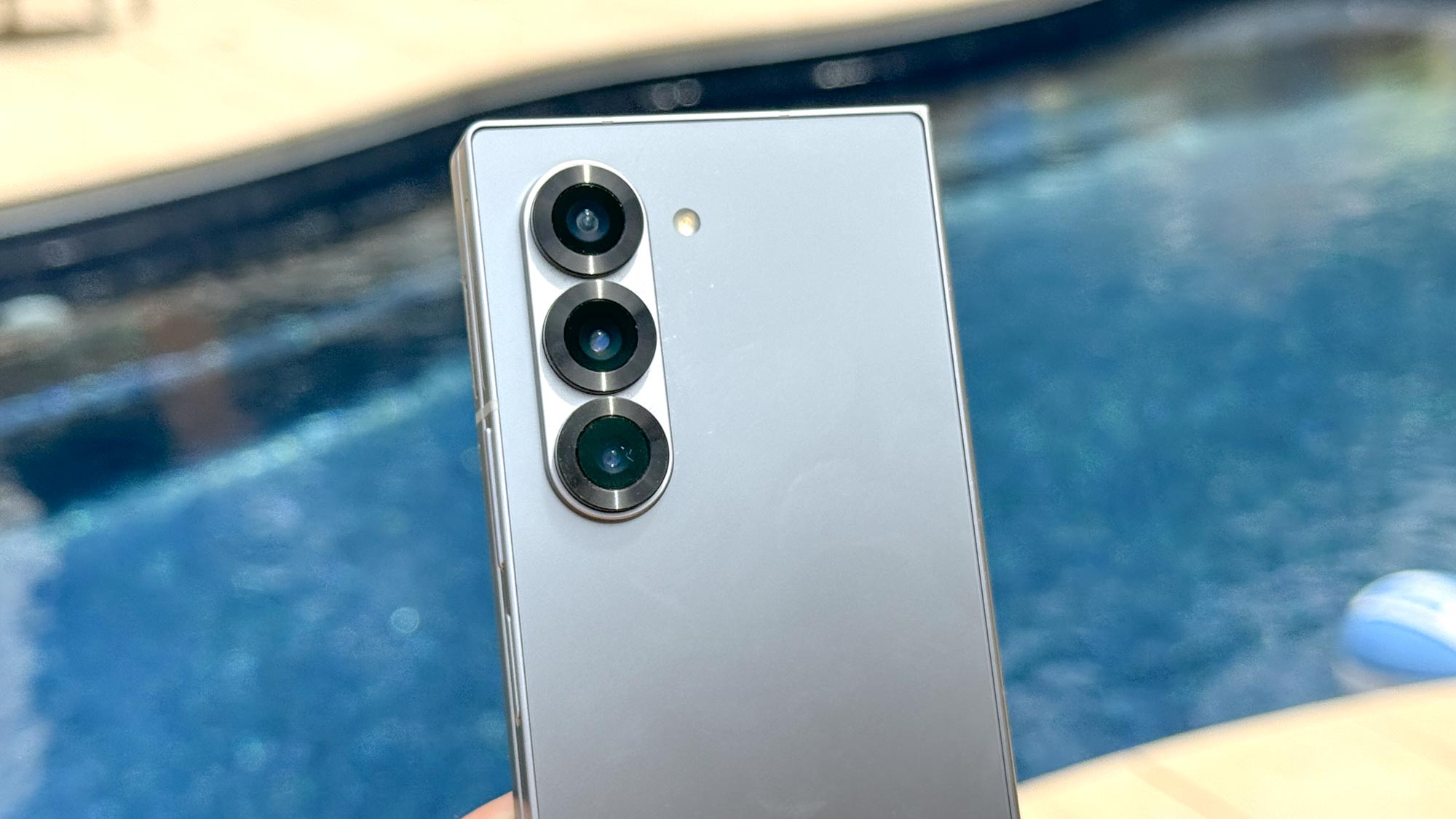
Don’t get me wrong: The image quality is quite strong from the Z Fold 6. But if you’re paying this much money you should get the same 200MP sensor as the Galaxy S24 Ultra.
In this portrait comparison with the OnePlus Open, the Z Fold 6 produces a much crisper portrait. The OnePlus blows out the right side of my face in the sun and delivers less detail in my shirt.
The Z Fold 6 also does a much better job with the dynamic range in this photo of a hot dog cart, while the Pixel Fold’s result is just way too dim and the lamp post gets lost.
In this shot of a flower, the purple is much more vibrant through the Z Fold 6, though the Pixel Fold’s detail in the petals is a bit better. This is a draw for me.
To test the Galaxy Z Fold 6’s zoom, I pointed at this building to see how close I could get to the gold figures. They’re all basically a mess, though the Z Fold 6 looks slightly sharper than the Z Fold 5. I just wish Samsung included the same 5x telephoto as the Galaxy S24 Ultra and 100x Space Zoom. You deserve that for $1,900.
The new ultra-wide sensor in the Z Fold 6 is indeed better than the Z Fold 5 but it’s not a dramatic difference. In this shot of the New York Public Library, the buildings, trees and the lion in the front are all brighter.
In low light, the Z Fold 6 takes a well exposed shot of this soccer field in complete darkness with the moon in the background. The overall shot is a bit dimmer than the Z Fold 5, but the text on the sign is crisper. The OnePlus Open’s shot is way darker. The Pixel Fold’s pic is bright-ish but blurry.


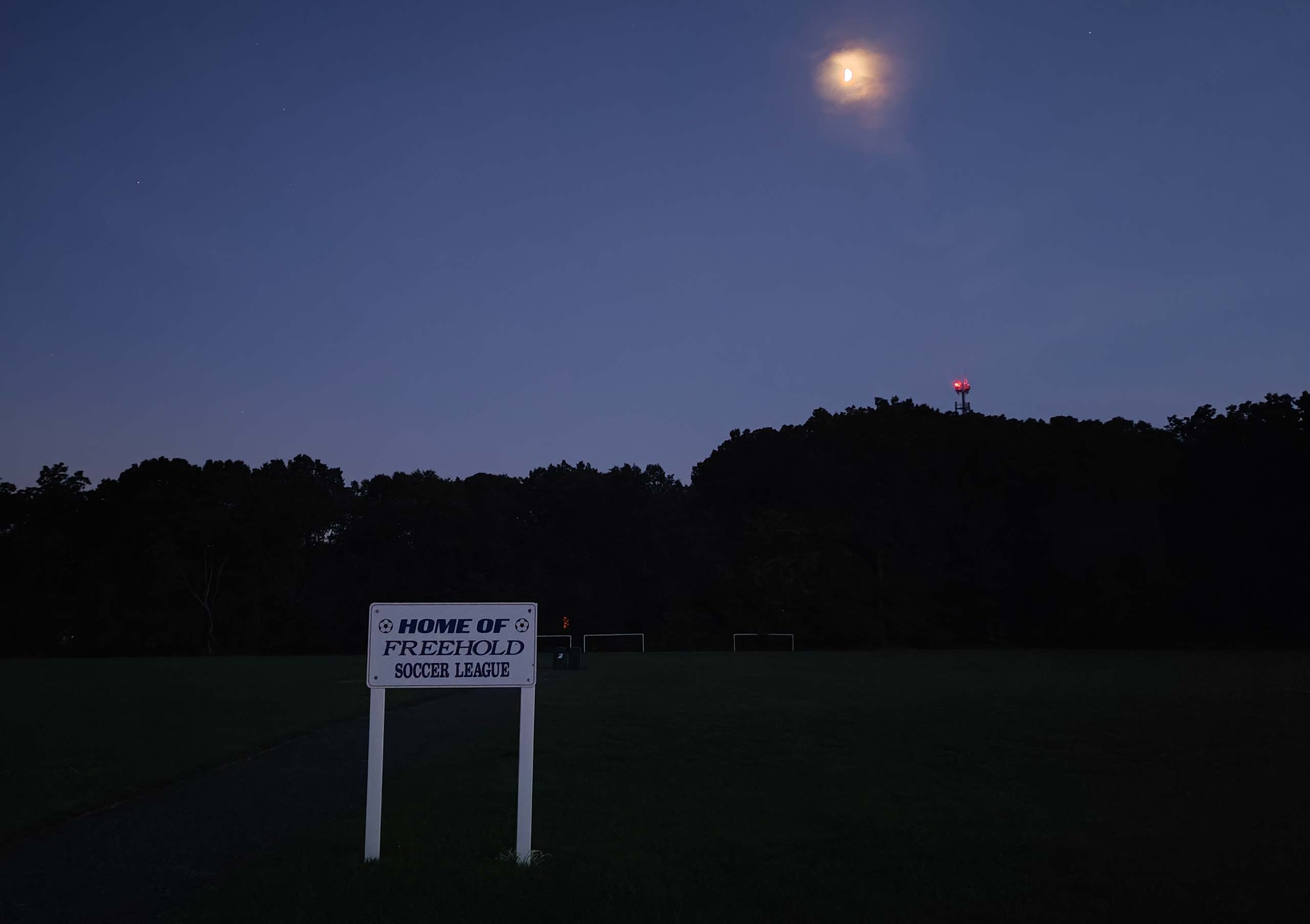

I don’t know if it’s a “real” photo or not, but I think the OnePlus Open takes a better looking 30x zoom photo of the moon here. You can make out more detail.
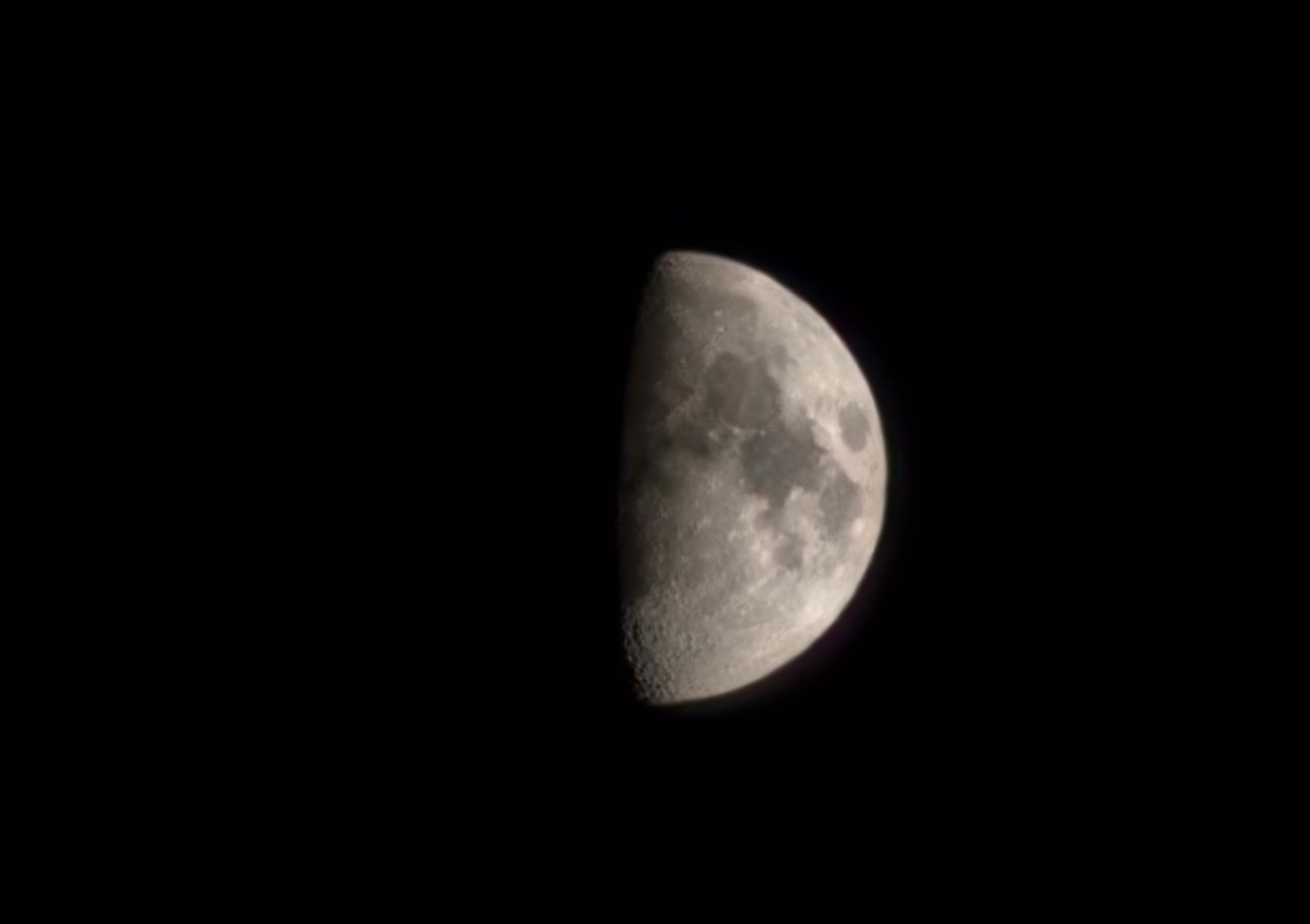
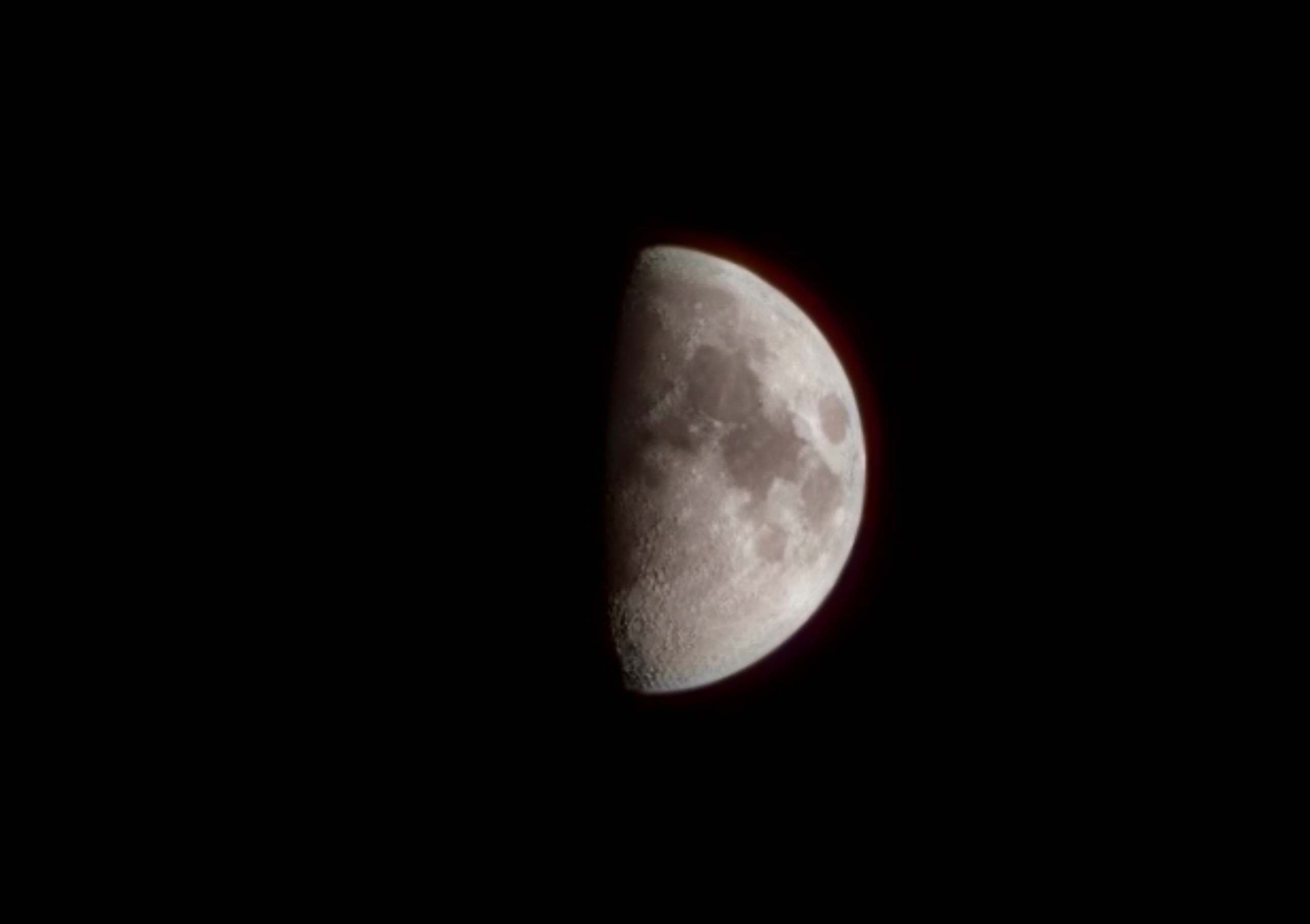
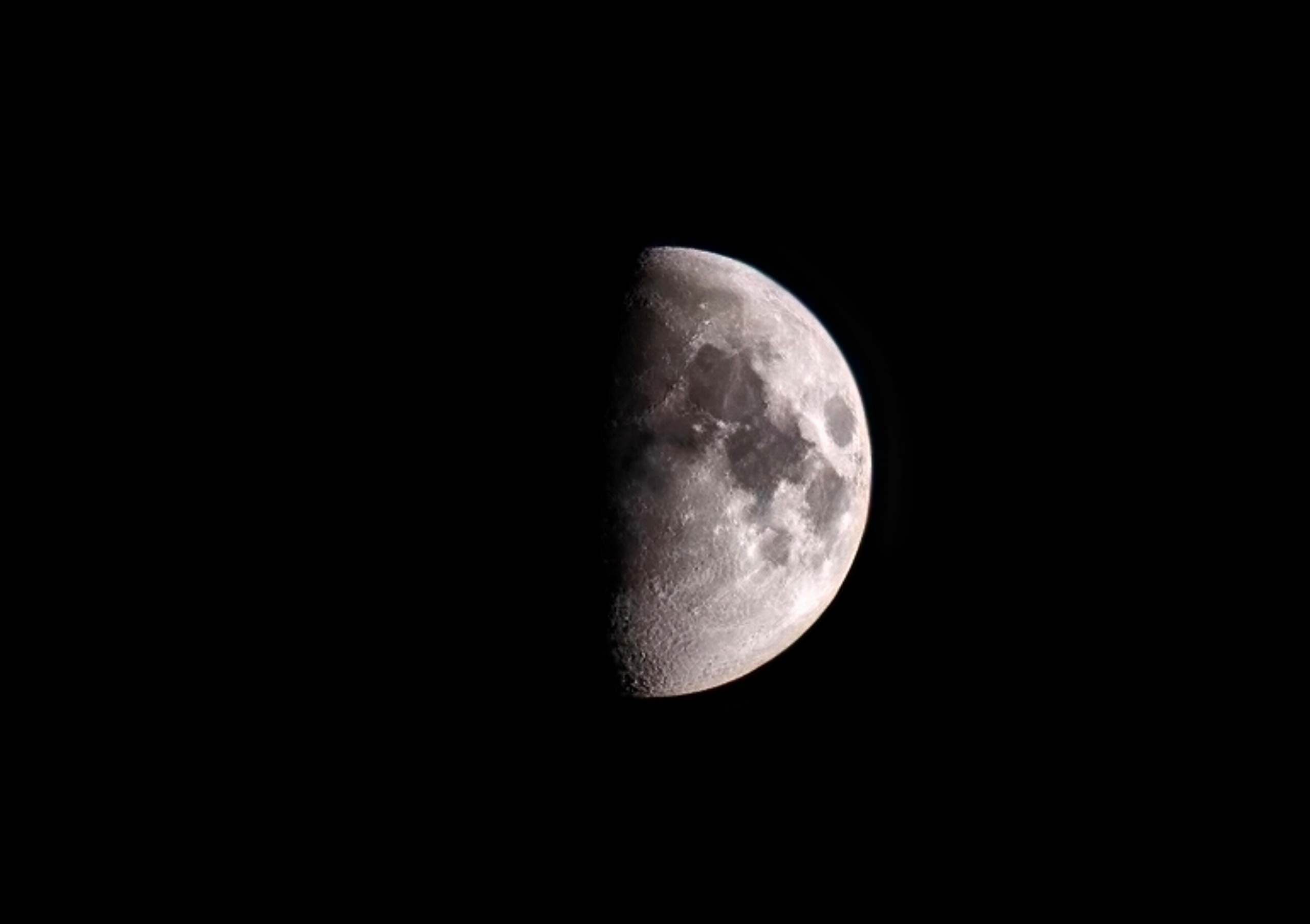
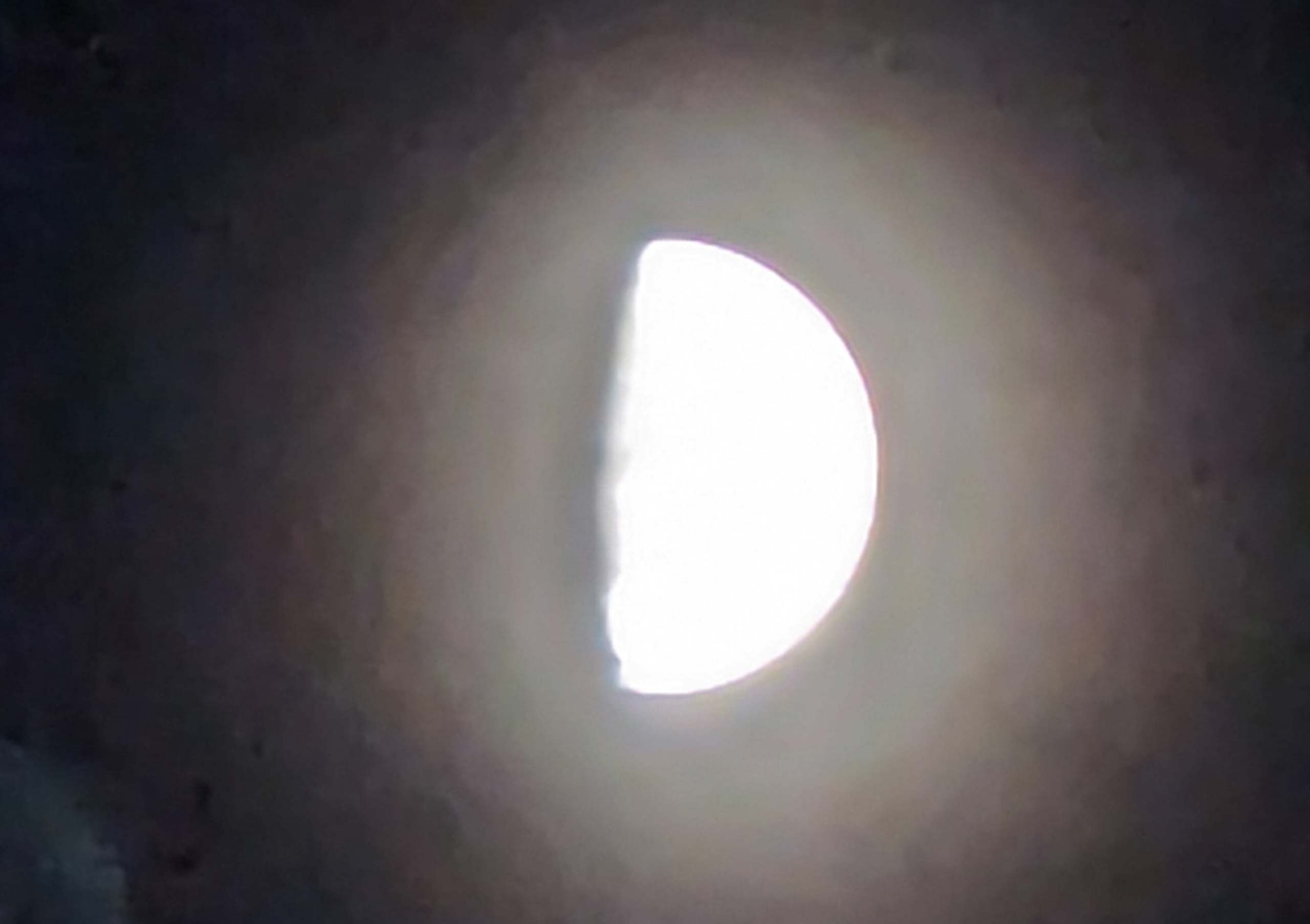
The price is higher
Maybe Samsung’s thinking is that its largest foldable already cost $1,800 — so what’s $100 more? But I still don’t like the fact that Samsung has hiked the price for the Galaxy Z Fold 6.
For that cost you get 256GB of storage, and it’s another $120 to get 512GB and $360 to get 1TB.
Samsung could sweeten the deal by including the S Pen case for $79, especially since Sketch to Image is such a key AI feature.
Charging could be faster
The Galaxy Z Fold 6 supports the same 25W charging as the last couple Galaxy Fold models, and it’s getting a bit annoying when there’s better charging technology out there. The Fold reached 28% after 15 minutes of charging and 56% in 30 minutes, which isn’t terrible. But the OnePlus Open’s 67W charging goes to 50% in 15 minutes and 85% in 30 minutes.
Samsung Galaxy Z Fold 6 review: Verdict
Even though we’re on the sixth generation of Samsung’s foldable, the overall market is still super small, making up just 1.5% of phone sold. Will the Galaxy Z Fold 6 change people’s minds? If you’re someone who loves the idea of having a huge screen on the go along with lots of AI features, this could be the flagship for you.

I like the lighter weight, slightly bigger front display and strong Snapdragon 8 Gen 3 performance. And the AI features can come in handy, helping you be more productive and have more fun.
But the $1,900 price is pretty tough to swallow when Samsung hasn’t made that many changes in terms of the hardware. The OnePlus Open’s camera’s performance isn't quite as strong and it's a heavier device, but it’s pushing the envelope a bit more with its multitasking software and faster charging, and you get a wider front screen for $200 less. Others may want to wait to see what the new Google Pixel 9 Pro Fold has in store.
For now, I’d say the Galaxy Z Fold 6 is the most well-rounded foldable phone for me, but it’s still very much a niche device for power users.







